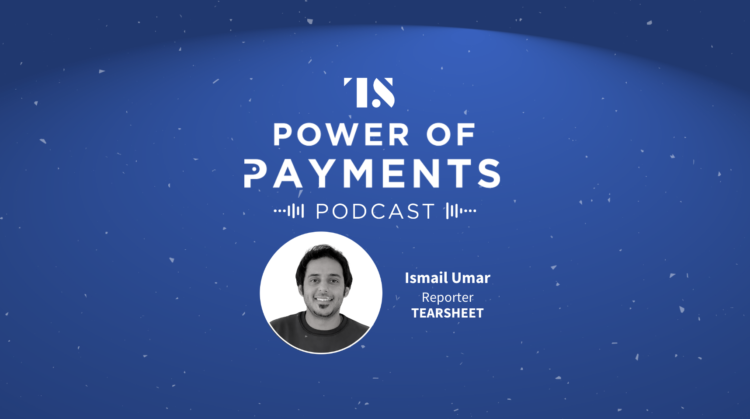Payments, Podcasts, Power of Payments Podcast
Power of Payments Ep. 8: Klarna and the future of BNPL, PayZen’s ‘Care Now, Pay Later’, and Mastercard’s ‘Smile to Pay’ system
- This week, we discuss whether BNPL offers a sustainable business model for providers, and whether it’s even viable as a standalone business.
- We also talk about PayZen’s ‘Care Now, Pay Later’ offering, as well as Mastercard’s ‘Smile to Pay’ system, and what it tells us about the future of privacy and security in payments.








